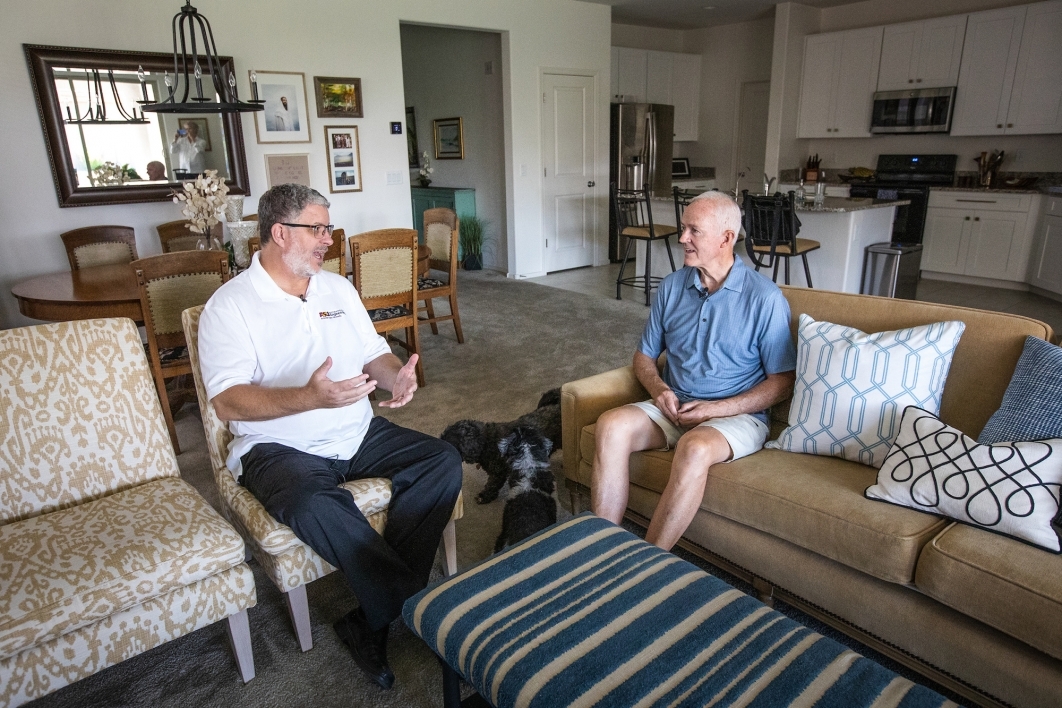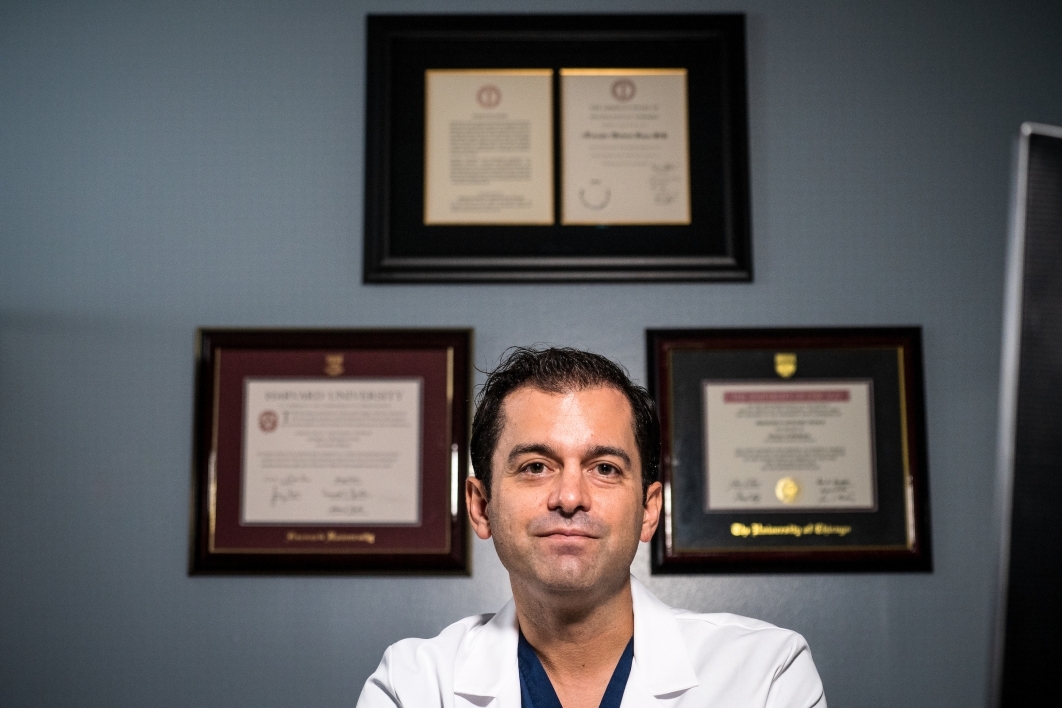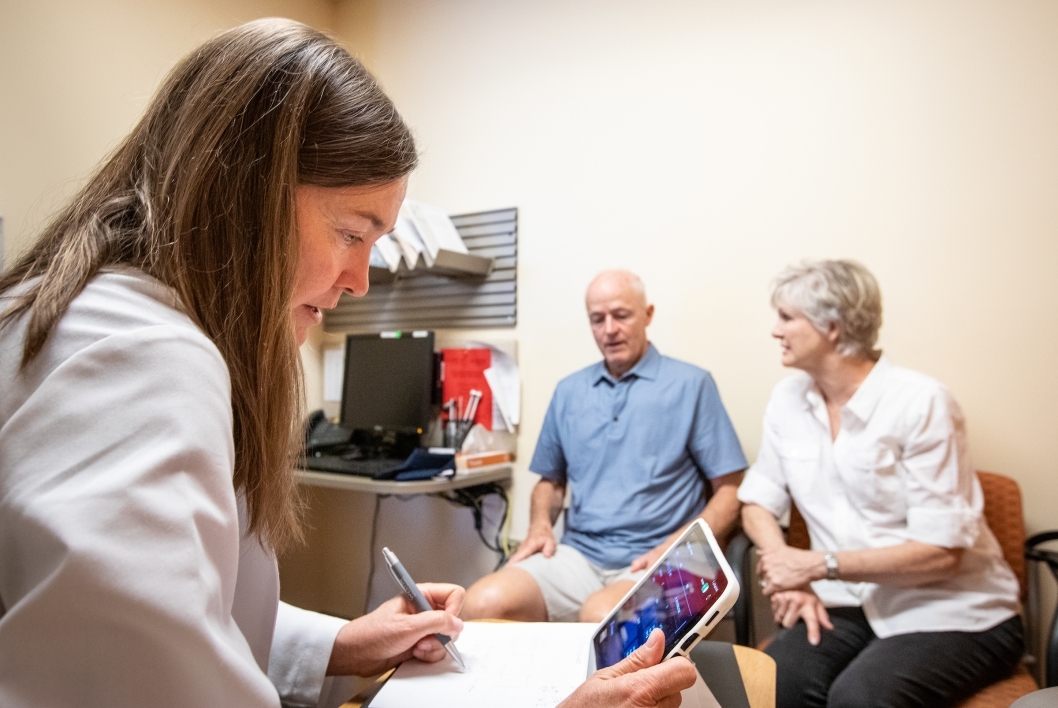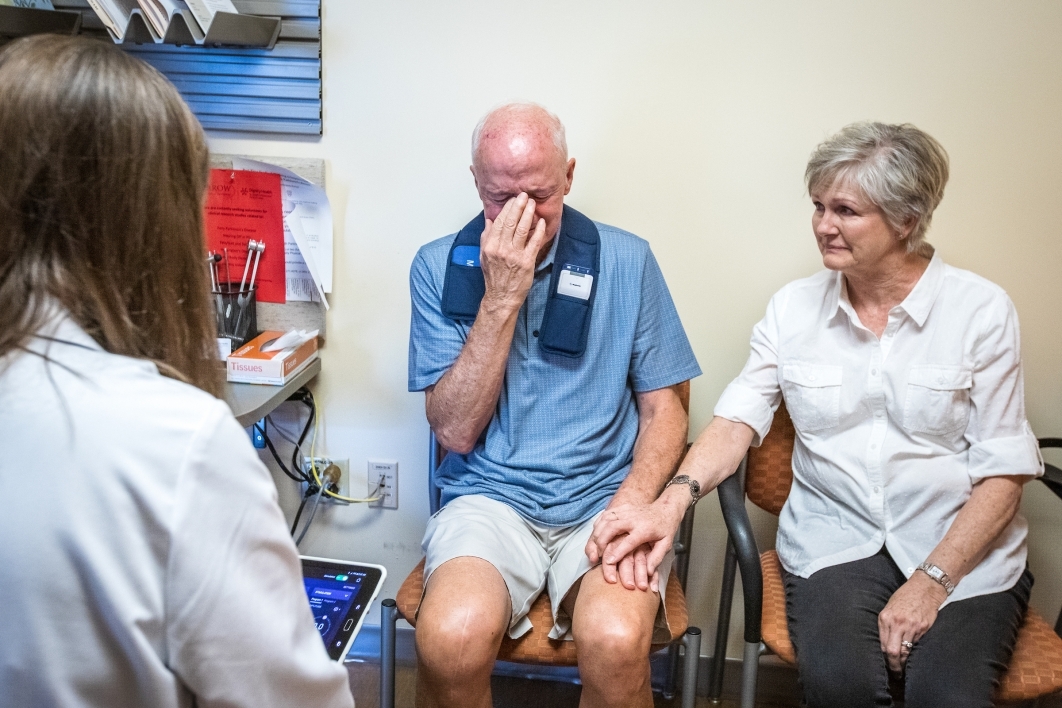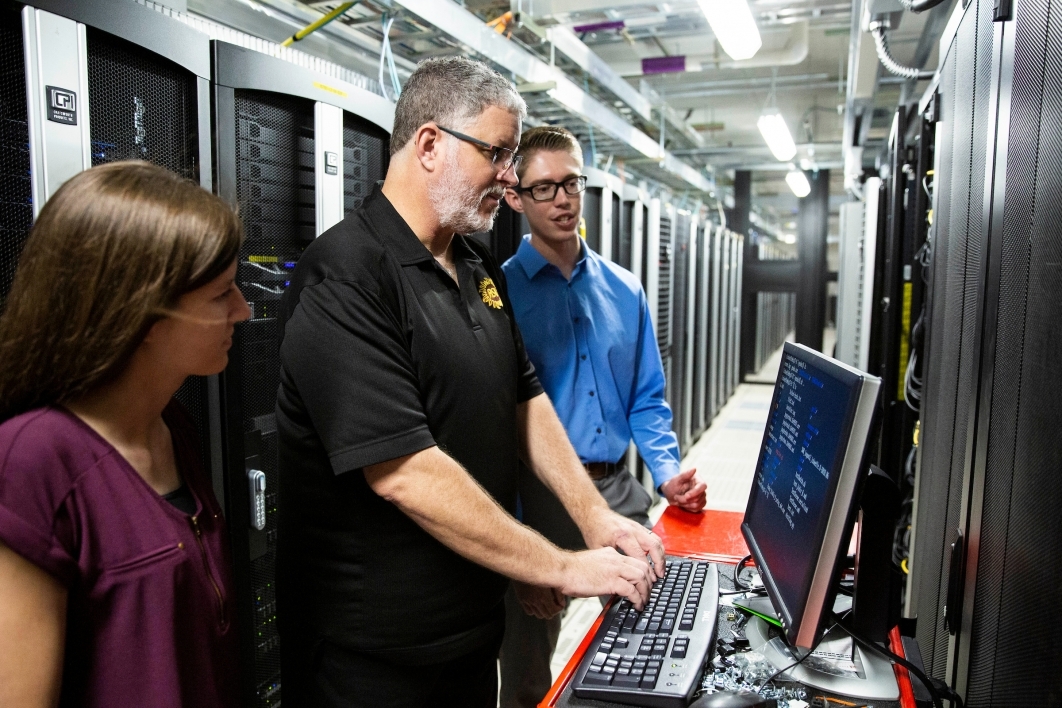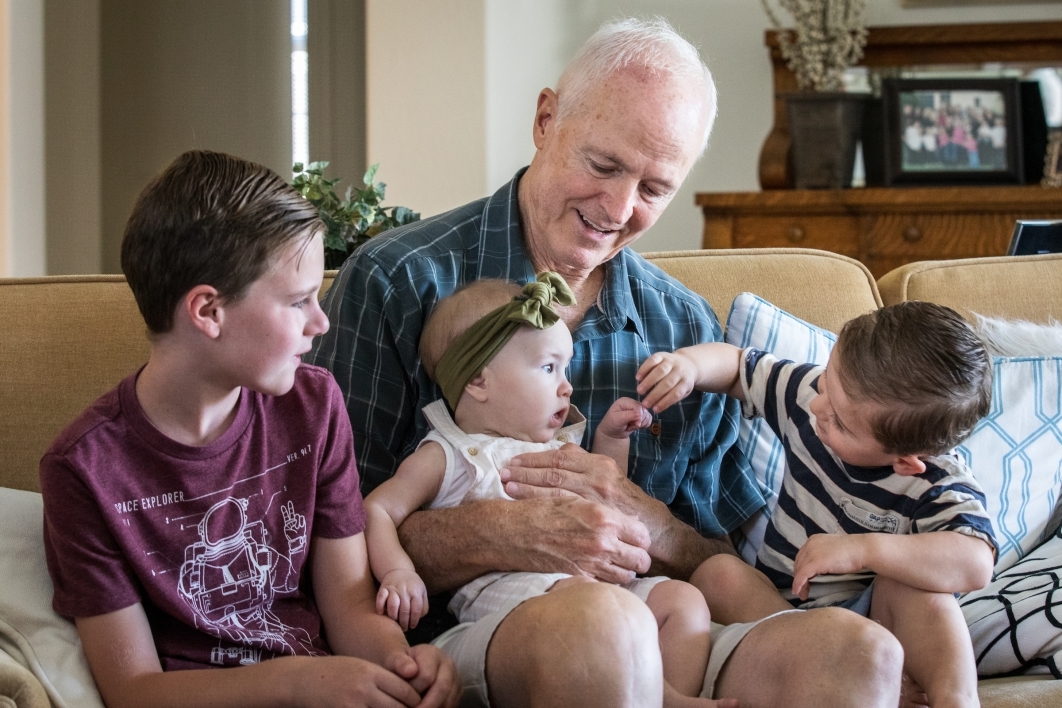Stimulating the deep brain
Electrodes inserted into an area of the brain that plays a critical role in movement can alleviate Parkinson's symptoms
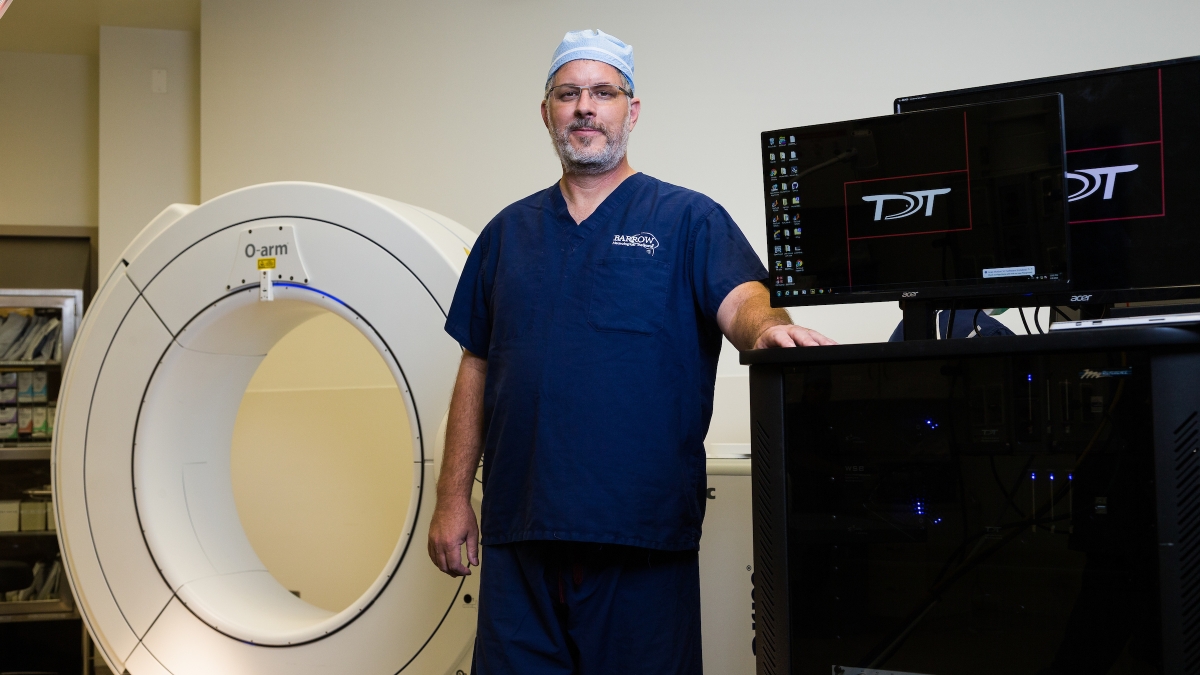
Parkinson’s disease is a neurodegenerative disorder that affects a specific area of the brain — the substantia nigra. It can result in tremors, a slowness of movement known as bradykinesia, uncontrollable muscle contractions known as dystonia, and difficulty with walking and balance.
Deep brain stimulation, or DBS, is a surgical procedure that’s been used to treat Parkinson’s for more than 20 years. Using magnetic resonance imaging, DBS electrodes are inserted into an area of the brain that plays a critical role in movement — either the subthalamic nucleus or the globus pallidus. A small impulse generator, similar to a pacemaker, is also implanted under the skin of the patient’s chest to provide electrical impulses to the electrodes in the brain. The electrical impulses reduce the patient’s symptoms and improves their ability to move.
Video by Deanna Dent/Media Relations and Strategic Communications
Arizona State University neuroscientist Bradley Greger has teamed up with Barrow Neurological Institute neurosurgeon Dr. Francisco Ponce to evaluate DBS for its possible use in treating other neurological disorders.
For the study, while the DBS electrodes are being implanted, a second, temporary implant is added to identify what’s happening in the brain during DBS treatment. Directly measuring the effect of DBS on brain activity will aid in extending the use of DBS in other neurological disorders.
Barrow Neurological patient Kimball Rogers and his family agreed to be part of the research. They are sharing their experiences to provide other Parkinson’s patients with information about the value of the procedure and the research.
Top photo: ASU Associate Professor Bradley Greger poses for a portrait in the operating room of St. Joseph's Hospital and Medical Center on Aug. 8, 2018, in Phoenix. Greger's research and work focuses on neuroscience, bioengineering and data analysis. Photo courtesy of Gary L. Armstrong/St. Joseph Hospital and Medical Center
More Science and technology

ASU researchers develop special microphone to verify human speech
Deepfakes have become a large societal concern with the advent of video and audio content generated by artificial intelligence, or AI. A deepfake is a convincing imitation that blurs the lines…
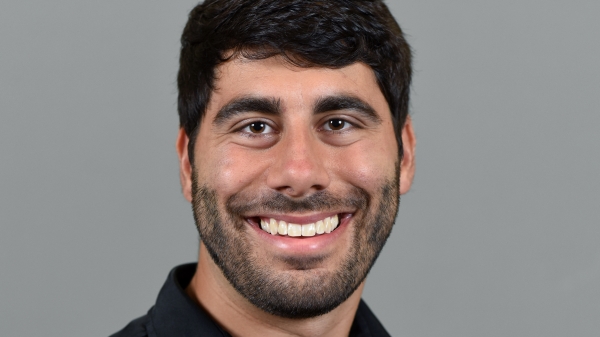
Leading students toward a future of renewable energy
Nicholas Rolston, assistant professor in the School of Electrical, Computer and Energy Engineering, one of the Ira A. Fulton Schools of Engineering at Arizona State University, has found his passion…

SPARCS mission spacecraft bus delivered to ASU for final assembly
The Arizona State University team that is building the NASA-funded Star-Planet Activity Research CubeSat, or SPARCS, cleared a major milestone this week — receiving its spacecraft bus at the School…

